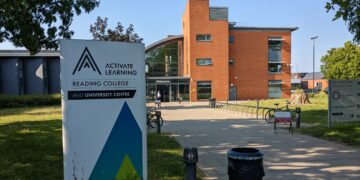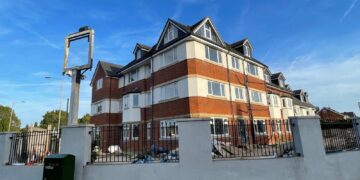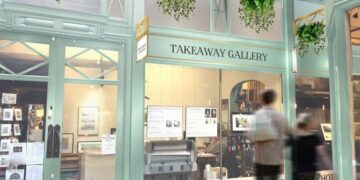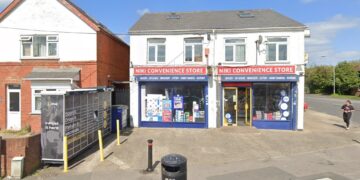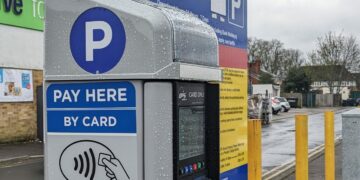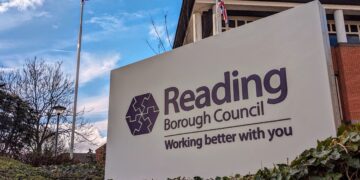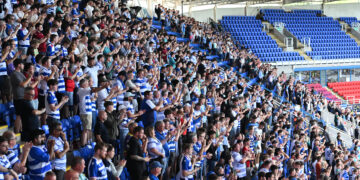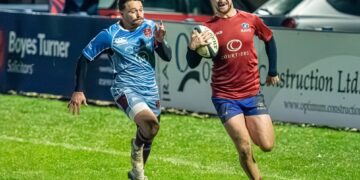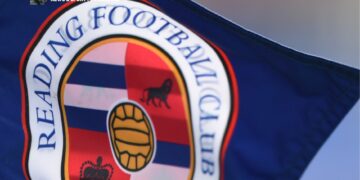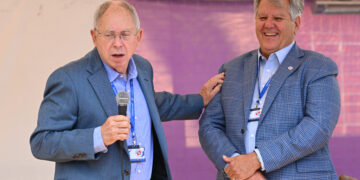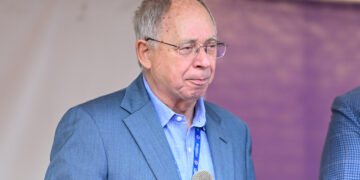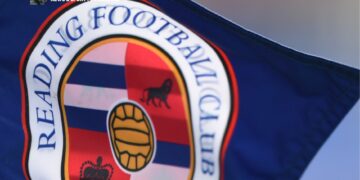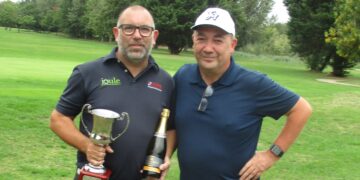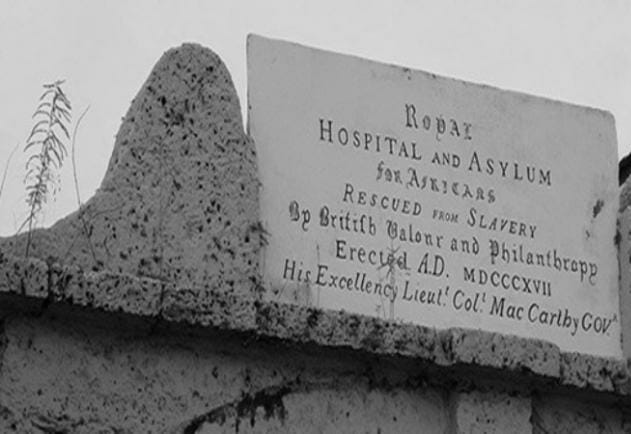The History of Reading Society are continuing their in person meetings with the next taking place on Wednesday, April 19.
Paul Joyce will be giving a talk entitled The Black Arts in Reading: the story of our local printing industry.
Following the lifting of restrictions and severe taxation, Reading set up its first venture in 1723. Growth of print works continued in the town right into the 1960s.
Paul has researched this trade using original evidence.
We met in March for the AGM, and afterwards, Richard Stowell gave a talk entitled From the White Man’s Grave to Cemetery Junction: the Life and Times of Mary Smart.
A larger-than-usual audience heard the story of the daughter of a freed slave in Sierra Leone, who by a strange quirk of fate, became one of the first people to be interred in the new Reading Cemetery which opened in 1849.
Her family lived in a village called Regent, in the hills above the capital, Freetown. The Church Missionary Society was very active in Regent, and Mary’s family were Christians.
At the same time, the CMS was also active among the church people of Reading, where one of the earliest branches had been established, the Berkshire Auxiliary Branch, in 1823.
Missionary activities in tropical Africa had been frustrated because of the heat and the mosquitoes, and few of the missionaries arriving from England ever returned home.
By the 1840s, the CMS. was training Africans to become teachers and evangelists.
One of the Church of England missionaries involved in this work was the Revd Nathaniel Denton, and it was he who brought Mary Smart to Reading to train as a teacher, along with another girl, of whom nothing seems to be known – not even her name.
They were to stay at a ladies’ seminary at the top of Castle Hill, a respectable and middle-class establishment. But sadly, Mary died, little more than a year after her arrival in 1848.
She was looking forward to returning home, but never saw her family again.
The causes of death were erysipelas and “congestion of the brain.”
An account of her last days, told in sentimental and pious tones, appeared in “The Church Missionary Intelligencer.”
The talk, which might well have been rather gloomy, was anything but. Our speaker had worked in Sierra Leone, and had been intrigued by the names of the people living there, and the African names of Mary Smart’s family in the 19th century.
He had been able to trace and meet the descendants of Mary’s family. A tremendous amount of research had been done, including the seeking out of contemporary accounts of what life was like in Sierra Leone, for Africans and Europeans, and what it was like in Reading in 1848.
One could not help but wonder what must have been in Mary’s mind, aged 16, during the sea crossing, and then on arriving in a strange place. There were many examples which showed the attitudes of English people towards people of different races, from “heathen lands.”
Other quotations illustrated attitudes to the poverty, crime, overcrowded graveyards and lack of clean drinking water and drainage with consequent disease in 1840s Reading.
We were left with a lot to think about.
This meeting is open to members and visitors (visitors £2 each). No need to book, just turn up on the night.
Nwxt week’s meeting takes place at the Abbey Baptist Church, Abbey Square, Reading RG1 3BE, at 7.30pm on Wednesday, April 19.
For more information please visit www.historyofreadingsociety.org.ukor email historyofreadingsociety@yahoo.com.


